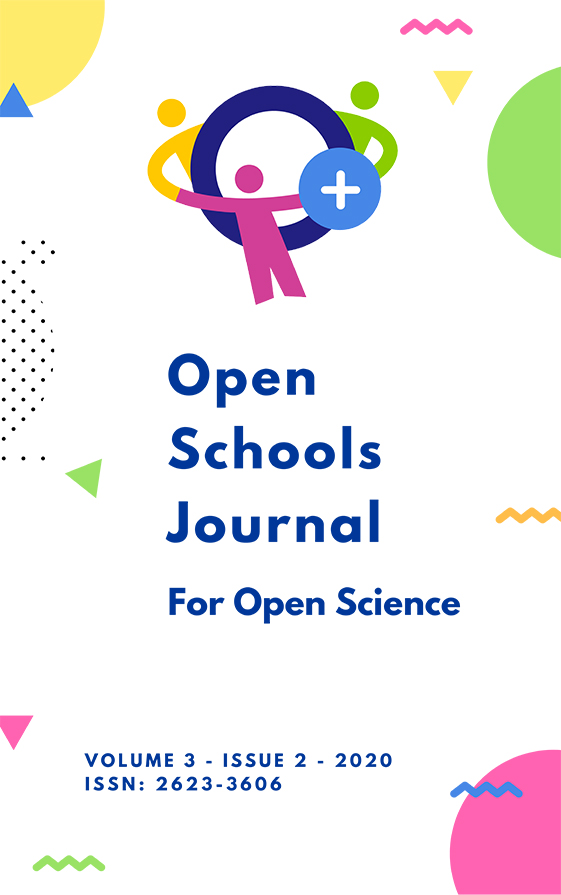Nan-O-Style – experiments and arts

Abstract
In this project, high school students (aged 16-17) tested various protocols of experiments in nanotechnology and evaluated them whether such experiments could also be performed by middle school students (aged 11-15) or even elementary school students (aged 6-10). Protocols pre-selected and provided by the instructing team consisting of Sciencetainment and the Department of Biosciences, University of Salzburg were applied. Laboratory techniques such as thin-layer chromatography, measuring the contact angle by high-resolution 3D microscopy and analyzing and constructing surface layers represented some of the experiments performed. Moreover, students produced short video clips and images and designed photo-collages out of microscopic and electron microscopic pictures. Hence, the school students acquired a number of soft skills during this special science day.
Article Details
- How to Cite
-
Collavo, G., Lalayev, A., Angerer, S., Kraml, M., Bachner, S., Kirchgasser, K., Schmeel, J., Trummer, C., Joubert, I., Geppert, M., Schaffer, K., Nestelbacher, R., & Himly, M. (2020). Nan-O-Style – experiments and arts. Open Schools Journal for Open Science, 3(2). https://doi.org/10.12681/osj.22606
- Issue
- Vol. 3 No. 2
- Section
- Austria

This work is licensed under a Creative Commons Attribution-NonCommercial-ShareAlike 4.0 International License.
Authors who publish with this journal agree to the following terms:
Authors retain copyright and grant the journal right of first publication with the work simultaneously licensed under a Creative Commons Attribution licence that allows others to share the work with an acknowledgement of the work's authorship and initial publication in this journal.
Authors are able to enter into separate, additional contractual arrangements for the non-exclusive distribution of the journal's published version of the work (e.g. post it to a repository), with an acknowledgement of its initial publication in this journal.
Authors are permitted and encouraged to post their work online prior to and during the submission process, as it can lead to productive exchanges, as well as earlier and greater citation of published work (See The Effect of Open Access).


